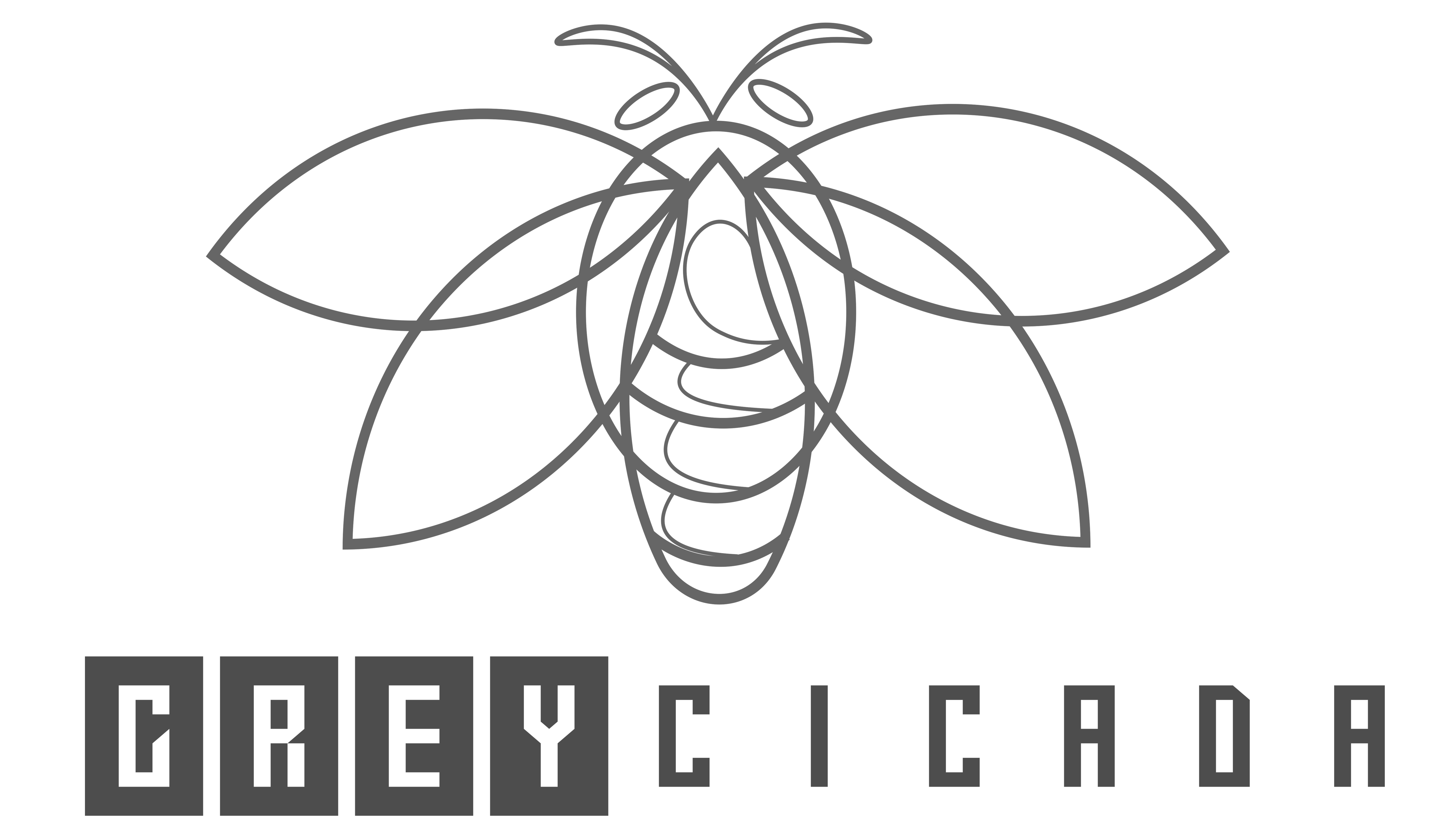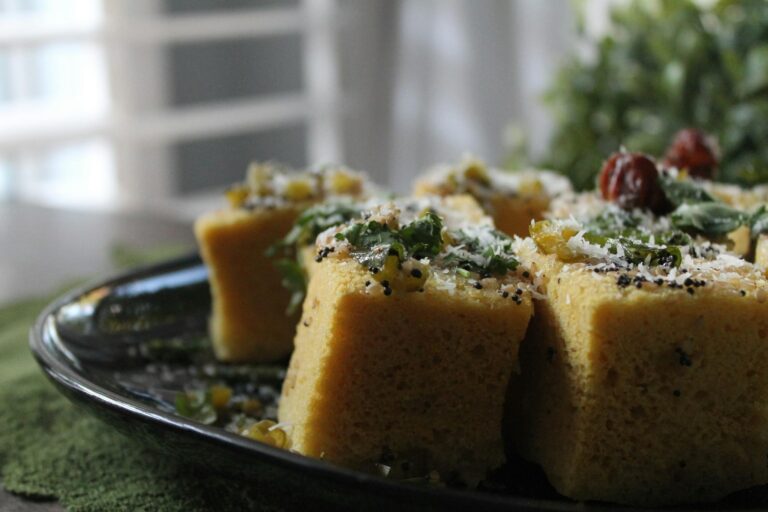FREE SHIPPING OVER $50
Eat More, Weigh Less: 10 Surprising Foods That Burn Fat Without Starving You

The biggest myth about weight loss is that you have to constantly battle hunger. We’ve all been there: white-knuckling it through a restrictive diet, counting every calorie, and feeling perpetually starved. This miserable approach is not only unsustainable but often counterproductive. When you starve yourself, your body slows its metabolism, and your brain goes into primal defense mode, ensuring those inevitable cheat days lead to rebound weight gain. True, sustainable fat loss should feel easy, not like a test of endurance.
The secret to effortless, long-term weight loss lies in leveraging a concept called calorie density. Simply put, it’s about choosing foods that deliver the fewest calories per bite, allowing you to eat more volume while consuming fewer total calories. We’ve compiled a list of 10 surprising foods—backed by nutrition science—that are packed with fiber, water, and volume, allowing you to fill your plate, satisfy your stomach, and flip the metabolic switch toward fat burning without ever experiencing the dread of hunger.
The Science of Satiety: How to Trick Your Stomach
To successfully eat more and weigh less, you must understand the powerful role of satiety (the feeling of fullness). This isn’t just a mental game; it’s a physical and hormonal process driven by three key factors that low-calorie-density foods maximize:
- Water Content: Foods with high water content (like vegetables and fruits) add weight and volume to your stomach, triggering stretch receptors that signal your brain to stop eating, all without adding significant calories.
- Fiber Content: Fiber is indigestible, meaning it doesn’t break down into calories. Instead, it expands in the stomach and slows the rate at which food moves through the digestive system, prolonging the feeling of fullness.
- Protein Content: Protein is the most satiating macronutrient. It requires more energy (calories) to digest and triggers the release of hunger-suppressing hormones like PYY and GLP-1.
1. Shirataki Noodles (The Near-Zero Calorie Pasta)
For anyone who loves pasta but hates the carbs, shirataki noodles are a revelation. Made primarily from the Konjac root, these noodles are almost entirely composed of water and a soluble fiber called glucomannan.
- Why they work: A standard serving of these noodles contains virtually zero usable calories, carbs, or sugar. They hold massive volume in the stomach due to the glucomannan fiber, creating intense satiety with minimal energy intake, making it easy to eat more of your favorite “pasta” dishes guilt-free.
- How to eat them: You must rinse them very well before use. Add them to soups, stir-fries, or swap them for traditional pasta noodles in a light tomato sauce.
2. Cottage Cheese (The Protein Powerhouse)
Often overlooked as a bland diet food, cottage cheese is actually one of the most potent fat-burning and satiating foods available, specifically due to its protein composition.
- Why it works: Cottage cheese is high in casein protein, which is a slow-digesting protein. This means it releases amino acids gradually, keeping you full for hours and effectively stabilizing blood sugar (a crucial component of weight loss). Furthermore, the high protein content requires more energy to digest than fat or carbs, boosting the thermic effect of food (TEF).
- How to eat it: Use it as a base for sweet or savory snacks. Mix it with berries and cinnamon, or top it with black pepper and Everything Bagel seasoning for a savory, high-protein mini-meal.
3. Watermelon (The Hydration Volume King)
You might think fruit is too high in sugar for weight loss, but watermelon is an exception when it comes to maximizing volume.
- Why it works: Watermelon is over 90% water. This extremely high water content gives it a remarkably low calorie density (around 30 calories per 100 grams). You can eat more than a pound of watermelon for roughly the same calories as a small handful of nuts. The high volume quickly fills the stomach, sending powerful satiety signals.
- How to eat it: Enjoy it fresh, blended into low-calorie slushies, or even grilled for a savory, caramelized snack.
4. Lentils (The Fiber and Protein Combo)
When seeking maximum volume and satiety in a main course, look no further than lentils. They are a cornerstone of plant-based weight loss diets for a reason.
- Why they work: Lentils are rich in both fiber and plant-based protein. This one-two punch ensures extremely slow digestion, leading to a long-lasting feeling of fullness. The resistant starch in lentils also feeds beneficial gut bacteria, which can positively impact metabolism and weight management.
- How to eat them: Use them as a beef substitute in taco meat, add them to large vegetable soups, or blend them into savory dips and spreads.
5. Mustard (The Flavor Booster)
This may seem like a strange addition, but when you are restricting calories for weight loss, maintaining flavor is crucial for adherence. Mustard is a surprisingly potent tool.
- Why it works: Most varieties of mustard (excluding honey mustard) are nearly calorie-free but deliver a massive boost of flavor and acidity. Using zero-calorie flavor enhancers like mustard, hot sauce, vinegars, and spices prevents food from tasting bland, making it easier to skip high-calorie sauces and dressings that would quickly sabotage your fat loss goals.
- How to eat it: Swap mayonnaise for mustard on sandwiches, use Dijon in salad dressings, or use spicy brown mustard as a zero-calorie marinade base.
6. Popcorn (The Ultimate Air Snack)
As long as you prepare it correctly, popcorn is a dieter’s dream because it is almost entirely air and fiber.
- Why it works: Popcorn has an incredibly high volume-to-weight ratio. Air-popped, plain popcorn (without butter or excessive oil) has an extremely low calorie density. A huge bowl can clock in under 100 calories, offering substantial bulk that physically fills the stomach and satisfies the urge to snack without adding unwanted calories.
- How to eat it: Air-pop it at home and season it with zero-calorie spices like garlic powder, chili powder, or nutritional yeast for a cheesy flavor. Avoid pre-bagged microwave popcorn, which often uses high-calorie oils and additives.
7. Egg Whites (The Pure Protein Volume)
While the yolk is nutrient-dense and healthy, egg whites are pure, high-quality protein in a high-volume format, making them ideal for high-satiety, low-calorie weight loss meals.
- Why they work: Egg whites are almost entirely protein and water. You can scramble a large volume of egg whites (equal to three or four eggs) for less than 100 calories. This concentrated protein intake provides maximum satiety and an excellent thermic effect, helping to activate fat burning right at breakfast.
- How to eat them: Scramble them with a mountain of chopped low-calorie vegetables (spinach, mushrooms, onions) to create a huge, high-volume omelet.
8. Sauerkraut and Kimchi (The Fermented Fiber Secret)
These fermented cabbage products are excellent additions to your diet, offering benefits beyond simple volume control.
- Why they work: Sauerkraut and Kimchi are high in fiber and extremely low in calories. More importantly, they are fermented, meaning they contain probiotics. A healthy gut microbiome is increasingly linked to reduced inflammation and improved hormonal balance, both of which support sustained weight loss and healthy metabolism.
- How to eat them: Add a small spoonful to the side of a sandwich or salad for flavor, crunch, and a beneficial probiotic boost.
9. Broth-Based Soups (The Water-First Strategy)
Starting a meal with a large, low-calorie, liquid volume is a proven strategy for reducing overall calorie intake at the main meal.
- Why it works: Broth-based soups (clear soups, not creamy ones) are primarily water, meaning they fill the stomach quickly. Studies show that consuming a low-calorie soup before a meal can reduce total calorie intake for that meal by up to 20 percent. The warm liquid is also highly satiating.
- How to eat it: Always prepare your soup with a clear vegetable or chicken broth base and load it up with non-starchy vegetables like carrots, celery, and zucchini.
10. Konjac Jelly or Shirataki Rice (The Digestive Speed Bump)
Similar to the noodles, these products provide a massive dose of the glucomannan fiber derived from the Konjac plant, but in a rice or jelly format.
- Why it works: Glucomannan is so effective because it is highly viscous; it absorbs huge amounts of water in the digestive tract, physically forming a bulk that significantly slows the rate of gastric emptying. This delay keeps you feeling full longer, preventing the premature hunger that sabotages weight loss.
- How to eat it: Use the rice as a low-calorie substitute for white rice, or look for zero-calorie konjac jellies as a replacement for high-sugar desserts.
Conclusion
Sustainable weight loss does not demand deprivation; it demands smarter choices. By consistently incorporating these 10 surprising foods into your daily routine, you are leveraging the power of calorie density to your advantage. You can genuinely eat more high-volume, fiber-rich, and protein-packed meals that satisfy your hunger and boost your metabolism without the pain of restriction. This shift from calorie scarcity to volume abundance is the fundamental truth that enables effortless, long-term fat burning and puts you firmly in control of your weight management journey.
Related Articles
- Eat Yogurt at This Exact Time to Boost Gut Health, Burn Fat, and Strengthen Bones
- Stop Wasting It! Sweet Potato Skins Contain the #1 Nutrient for Weight Loss.
- The 1 Dairy Food Doctors Recommend for Shrinking Dangerous Visceral Belly Fat After 40
- The 15 Morning Habits That Wreck Your Metabolism After 40—And What to Do Instead
- Allulose: The Sugar Swap Dietitians Say Could Help You Lose Weight Without the Crash



